When doing this in the gym, more than once people ask: how long can you hold your flatbed?
Social software also sees more and more people showing photos of their flatbed support workouts, and it seems that flatbed support and its extreme time has become a strange way to show off and compare.
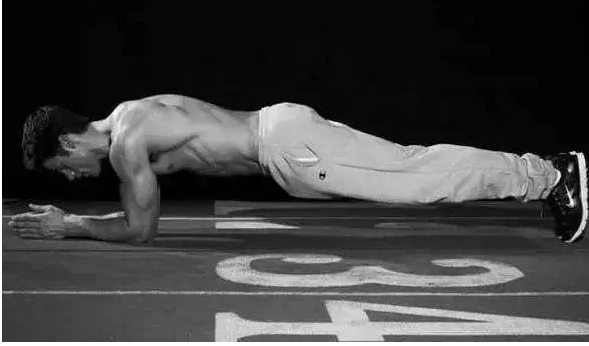
Is it true that the longer you hold up the more powerful the plate support?
In fact, it is not, most people's behavior is overly mythical role of the flat support, when it comes to core training, the mind of the bodybuilders will actually flat support is not the whole core training.
Flat support belongs to a static exercise, only the basic means of core training.
The flat support mainly trains the deep muscles in the front of the torso - transverse abdominis, this part is different from other muscles, its contraction does not produce movement.

Rather, it increases abdominal pressure to maintain trunk stability and support the human spine with constant abdominal pressure.
But the stability of the spine and pelvis requires not only the participation of the transversus abdominis muscle of the trunk, but also the muscles on both sides of the trunk and the posterior complementary muscles of the trunk and the lower pelvic floor muscles of the trunk and other muscle parts.
So it is right to strengthen the core training in fitness training, but core training does not mean only practice flat support.

In the flat support is not the longer the better. The usual support for 2 minutes is enough, and then stick to it is not much training significance.
The so-called 2 minutes is if you can easily, without shaking to complete the action, that your core stability is good. On the basis of the ability to complete 2 minutes of flat support, you can try more dynamic flat support.
It may seem like a short 2 minutes, but many people shake when doing flat support.
So, why do you shake when doing flat support?
The human muscles will show a state of tension and congestion during exercise, when the blood floods the muscle fibers, generating a sense of expansion and oxidation at the same time.
Because the muscle strength is not strong enough, the muscle fibers have not reached that strength, the intensity of the training to do flat support is beyond what can be tolerated.
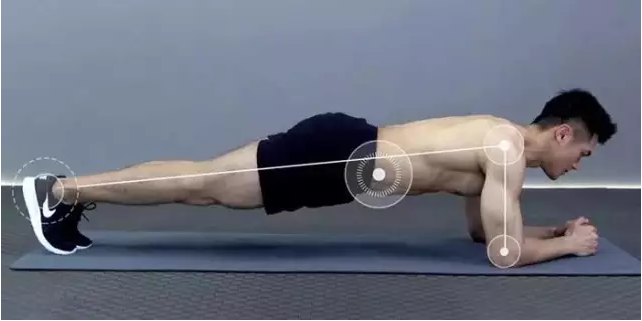
In this case, the blood can not be good in the muscle tissue to complete the oxidative metabolism, but also can not expand the circulation in the muscle fibers, the lack of muscle space to produce involuntary shivering.
This is a normal phenomenon, gradual progress is good. Generally which part of the strong shaking is that part of the strength is weak, such as the lower back of the waist and abdomen or thighs shaking, indicating that the core strength of the waist and abdomen is not enough.
It is recommended to use the low option, knees on the ground. In conjunction with a period of other abdominal and core training, core strength is enhanced before choosing high and long movements.

At the same time, it is recommended to train with other curling movements while flat-bracing and to warm up 10-15 minutes in advance for cardio training.
Doing some warm-up exercises in advance will help relieve the tension in the muscles that do the plate support afterwards.
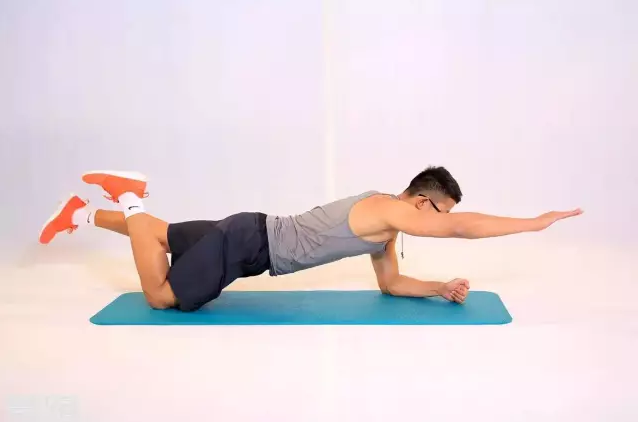
Evaluating core stability with eight levels of plate support
Plate support exercises are simple and practical, but they also seem to be relatively boring, and holding up for too long (more than 2 minutes) is actually no longer much sense to continue.
Therefore, we can change the difficulty of the plate support to improve the training effect, at the same time, the different difficulty of the plate support itself also represents your core how strong?
Internationally, eight levels of flat support are usually used to evaluate the strength of the core, the more levels you can complete, the stronger your core.
Level 1 Normal Plank Support
Maintain 30 seconds Total time: 30 seconds

Level 2 left hand suspension, three point flat support
Maintain for 15 seconds Total time: 45 seconds
Feet apart, lift the left hand, support with both feet and right elbow, pay attention to the body remains flat and straight, avoiding significant hip lift and body lopsidedness
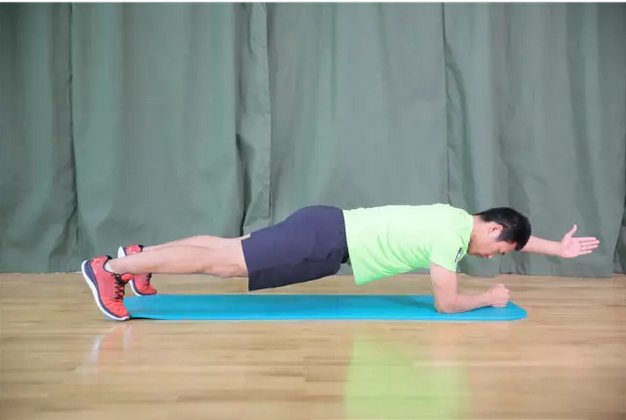
Level 3 right hand suspension, three point flat support
Maintain 15 seconds Total time: 1 minute
Similar to level 2, lift the left hand and support with both feet and right elbow joint
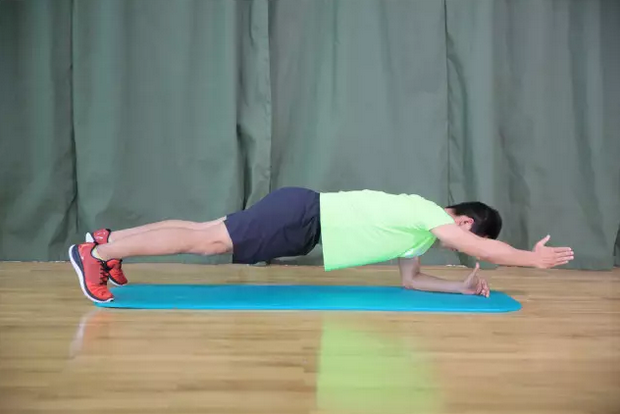
Level 4 left foot lift, three point flat support
Maintain 15 seconds Total time: 1 minute 15 seconds
Lift the left foot and support it with both elbows and right foot, again paying attention to the body remains flat and straight to avoid significant hip lift and body lopsidedness
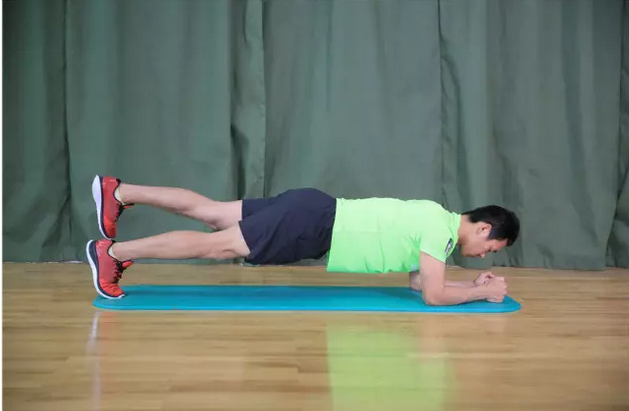
Level 5 right foot lift suspension, three point flat support
Hold for 15 seconds Total time: 1 minute 30 seconds
Lift the right foot and support with both elbows and left foot, again paying attention to the body remains flat and straight
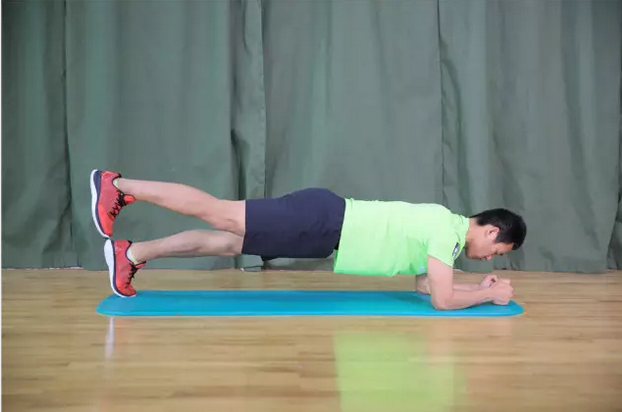
Level 6 left foot and right upper limb suspension, supported only by the right foot and left elbow joint
Maintain 15 seconds Total time: 1 minute 45 seconds
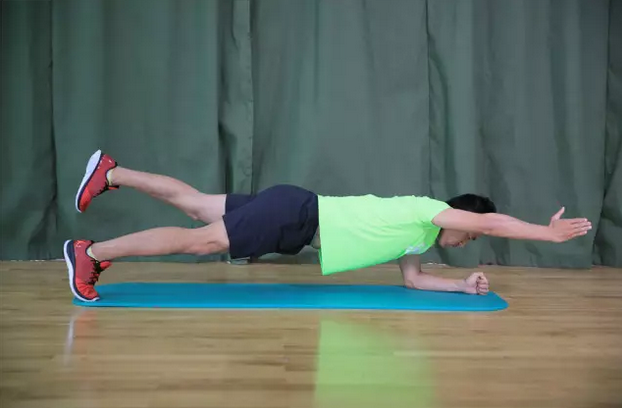
At this point the movement is significantly more difficult, the body is very easy to lose balance, the time to test your core!
Level 7 right foot and left upper limb suspension, using only the left foot and right elbow joint support
Total time: 2 minutes
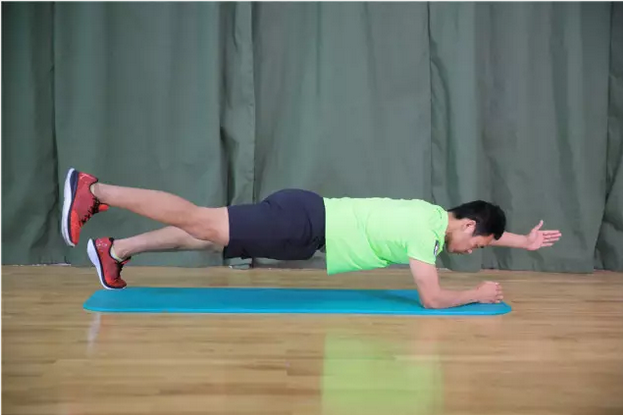
Level 8 Return to flat support state
Maintain 30 seconds Total time: 2 minutes 30 seconds
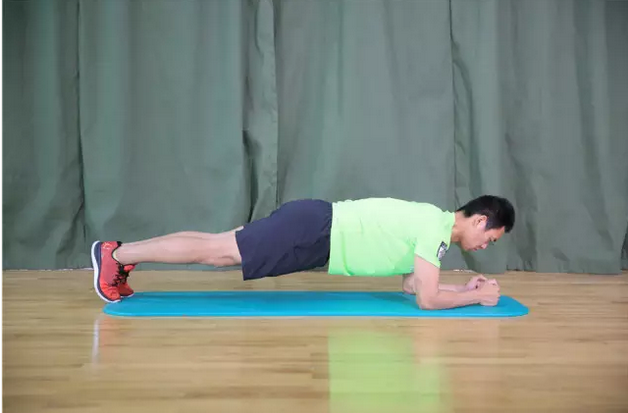
8 levels of flat support through 8 continuous movements to assess your core stability, 8 continuous movements, no rest in the middle, you can do the first few levels, on behalf of your core capacity to what level.
Can successfully complete 8 levels of flat support, that is, full 2 and a half minutes, that your core ability is good, of course, provided that the movement quality is good, if you can barely complete, but there are obvious pouting hips, body swaying crooked is not up to standard.
If only 30 seconds of plank support can be completed, it indicates an extremely poor core
can complete the one-handed flat support, it means that the core is poor, can be based on the one-handed, and then complete the one-legged flat support, it means that the core is okay, can complete the one-handed one-legged flat support, it means that the core is good.
Of course can all complete the 8 test movements, hold up 2 and a half minutes, then the core stability is quite good.

Special Note: The 8 movements are not done in isolation, but from the first level all the way to the eighth level, with no rest in between. To which level to do no longer, the test is over, at this point the corresponding level represents your core stability.
Don't fight the length of time after the plank.
How many levels of flatbed support do you have?
Take your own test!
Popular Articles
-
The world's most beautiful big cities at night

Photos
-
 These fitness basics, 3 months is worth half a year of other people's fitness effect
These fitness basics, 3 months is worth half a year of other people's fitness effectApr 19, 2025
-
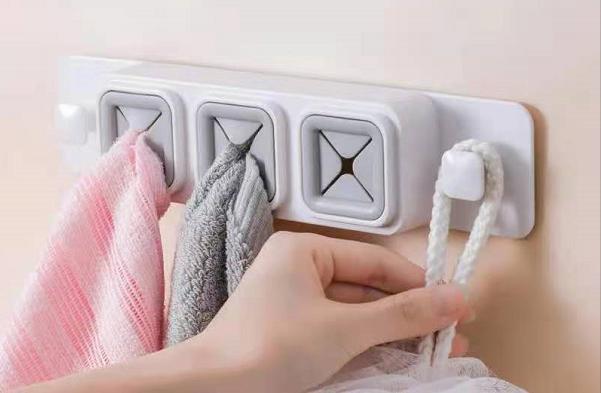 Explosive and useful 4 pieces of home goodies recommended to improve the quality of life, decorate your cozy nest
Explosive and useful 4 pieces of home goodies recommended to improve the quality of life, decorate your cozy nestApr 19, 2025
-
 The city with the longest sunshine hours in the world, Lhasa, Tibet has the reputation of "Sunshine City
The city with the longest sunshine hours in the world, Lhasa, Tibet has the reputation of "Sunshine CityApr 19, 2025
-
 The world's rarest flowers: Ghost orchids
The world's rarest flowers: Ghost orchidsApr 19, 2025
-
 People with such a regular life will be healthier
People with such a regular life will be healthierApr 19, 2025







Comments
0